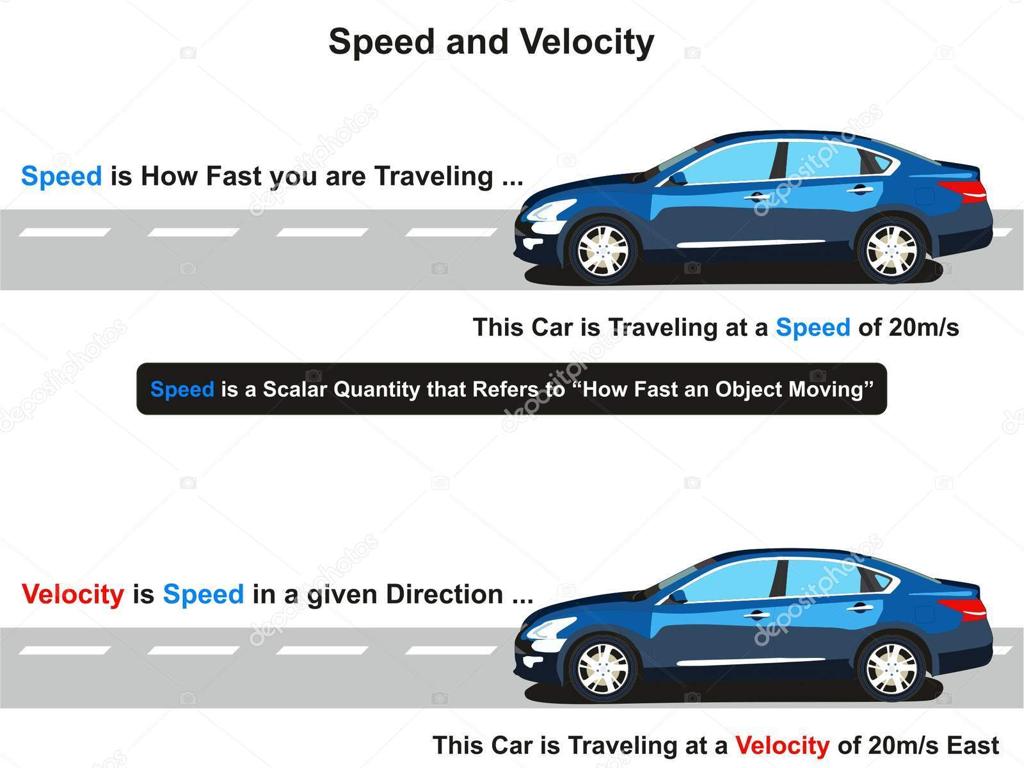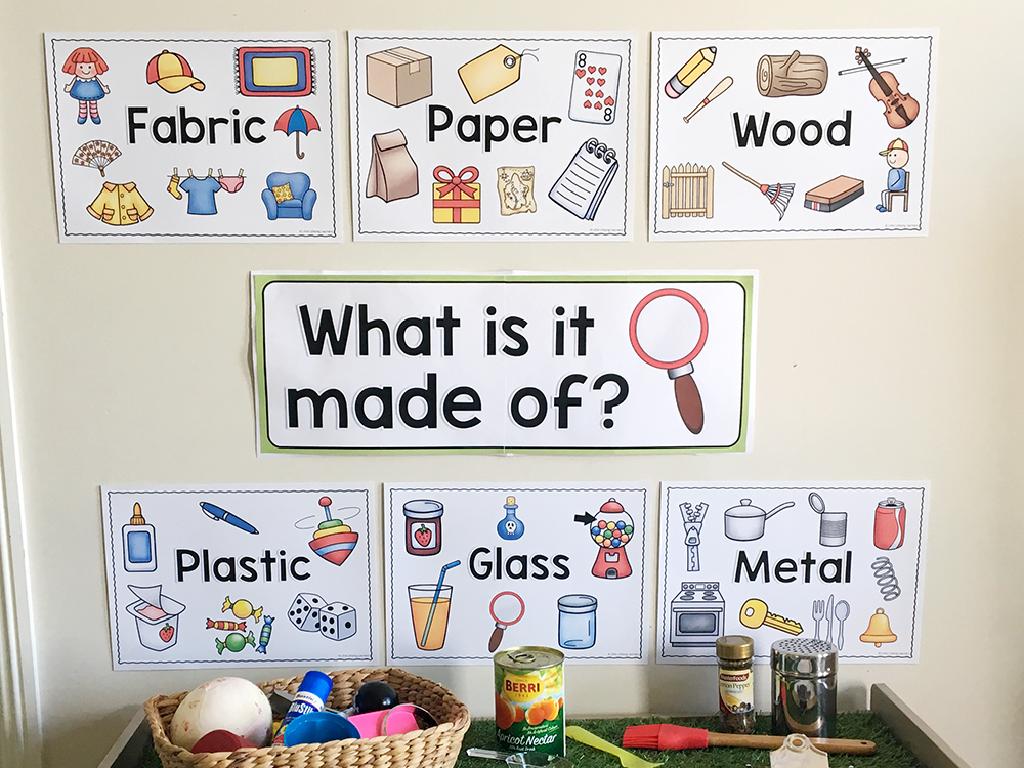Make Ten To Add
Subject: Math
Grade: First grade
Topic: Addition Strategies Up To 20
Please LOG IN to download the presentation. Access is available to registered users only.
View More Content
Welcome to Addition: Making Ten!
– Learn a fun way to add numbers
– Discover ‘Making Ten’ strategy
– Group numbers to make a ten first, then add what’s left
– Understand how it simplifies addition
– Making ten is a shortcut to add numbers quickly
– Practice to become addition experts
|
This slide introduces the concept of ‘Making Ten’ as an addition strategy for first graders. The goal is to teach students how to simplify the addition of two numbers by creating groups of ten. This method is particularly useful when dealing with sums that approach or exceed 10. For example, when adding 8 + 5, students can learn to see this as 8 + 2 + 3, where the 8 and 2 make ten, and then only 3 is left to add, making the sum 13. During the lesson, provide several examples and use visual aids like counters or number lines to help students grasp the concept. Encourage them to practice with different number combinations and prepare a set of exercises where they can apply this strategy to become confident in their addition skills.
Making Ten to Add
– What does ‘make ten’ mean?
– Finding number pairs that add up to 10
– Using fingers to count to ten
– We often count to 10 using our fingers
– Introducing the ten frame
– A tool to visualize counting and adding
– Practice making ten with examples
– Let’s add 5 and 5, or 6 and 4 on the ten frame
|
This slide introduces the concept of ‘making ten’ as a foundational addition strategy for first graders. Start by explaining that ‘making ten’ involves finding two numbers that combine to total ten. Use a hands-on approach by having students count to ten using their fingers, which most are already familiar with. Then, introduce the ten frame, a visual aid that helps students understand and organize numbers up to ten. Provide clear examples of how to use the ten frame to make ten, such as placing five counters in one row and five in the next to show that 5 + 5 = 10, or six counters in one row and four in the next to show that 6 + 4 = 10. Encourage students to come up with their own examples and share them with the class. This interactive approach helps solidify their understanding of the concept of making ten.
Let’s Practice Making Ten!
– Starting with 5, what makes 10?
– If we have 5, we need 5 more to reach 10 (5 + 5 = 10)
– Use fingers to show addition
– Hold up 5 fingers, then add 5 more
– Understand 5 and 5 make ten
– Two hands together show 10 fingers
– Practice with different numbers
|
This slide is designed to help first graders practice the concept of ‘making ten’ to simplify addition. Start by asking the students what number needs to be added to 5 to make 10, encouraging them to think about the number needed to reach a full ten. Have them use their fingers to visually represent the addition, showing 5 fingers and then adding another 5. Reinforce that combining two sets of 5 fingers makes ten. After they understand this concept with 5, encourage them to try with other numbers, always aiming to make ten. This hands-on activity helps solidify the concept of making ten as a foundational addition strategy.
Using ‘Make Ten’ to Add
– Start with 8 + 5
– Make ten with 8 by adding 2
– We take 2 from 5 to make 10 with 8, which leaves us with 3
– Add the rest to 10
– Now we have 10 and 3 left to add
– Find the total sum
– 10 plus 3 equals 13, that’s our answer!
|
This slide introduces the ‘Make Ten’ strategy for addition, which is a foundational skill in first-grade mathematics. Begin by presenting the problem 8 + 5. Explain that making ten is a helpful step in addition because ten is a benchmark number that’s easy to work with. Show how to break down the number 5 into 2 and 3 to make ten with 8. Then, add the remaining 3 to the 10. This method simplifies the addition process and strengthens mental math skills. Encourage students to practice this strategy with different numbers and to explain their thought process as they make ten and then add the remainder.
Making Ten to Add
– Start with 6 + 7
– Make ten with 6 by adding 4
– We take 4 from the 7 to make 10 with 6
– How much more to add to 10?
– We have 3 left from the 7 after making 10
– 10 + 3 equals 13!
|
This slide is an interactive example to teach students the ‘Make Ten’ strategy for addition. Start by presenting the problem 6 + 7. Explain that it’s easier to add to ten, so we want to make ten first. Show them how to take 4 from the 7 to add to 6, making ten. Then, we see what’s left from the 7 (which is 3) and add that to our ten. The answer is 13. During the class, use counters or visuals to help students understand taking part of one number to make ten and then adding the rest. Encourage students to use their fingers or manipulatives to follow along and solve the problem.
Your Turn to Make Ten!
– Let’s practice making ten
– Use ten frames and counters
– Place counters on your ten frames
– Find the sum of 4 + 9
– Add counters to make a full ten
– How can we make ten to add?
– First make ten, then add what’s left
|
This slide is an interactive class activity designed to help first graders understand the concept of ‘making ten’ to simplify addition. Provide each student with a ten frame and counters. Demonstrate how to place four counters on the ten frame and then add counters to make a full ten. Once ten is made, the remaining counters are added to complete the sum. For 4 + 9, place four counters, then add six more to make ten, and finally add the remaining three to get the total of thirteen. Encourage students to use this strategy with different numbers to become comfortable with ‘making ten’ as an addition strategy. Possible variations for the activity could include using different number combinations, working in pairs, or challenging students to find as many ways to make ten as possible.
Class Activity: Make Ten Game
– Let’s play the ‘Make Ten’ card game!
– Pair up with a classmate
– Use your cards to create tens
– For example, if you have a 4, find a 6 to make 10
– Win stickers for making tens!
|
This interactive game is designed to help first graders practice the concept of making ten to add numbers up to 20. Each student will pair up with a classmate and use a deck of cards with numbers 0-9. They will take turns drawing cards to find pairs that add up to ten. The game reinforces the idea of number bonds and addition strategies in a fun, engaging way. Teachers should prepare decks of cards in advance and ensure each pair has enough space to play. Possible variations of the activity could include using dice instead of cards, or having a timed challenge to see which pair can make ten the most times within a set period.
Conclusion: Becoming Addition Stars!
– Celebrate making ten to add
– Recall the ‘make ten’ strategy
– Making ten helps us add quickly
– Keep practicing your new skill
– Aim to be an addition star
– Practice leads to mastery in addition
|
Well done to all the students for learning how to make ten to add numbers! This strategy simplifies addition by creating easier sums to work with. It’s a building block for mental math and helps improve speed and accuracy. Encourage the students to practice this technique regularly, both in class and at home, to reinforce their understanding. As they become more comfortable with making ten, they will find addition problems up to 20 much easier to solve. Keep cheering them on, and remind them that with practice, they’ll soon be addition stars!





/modern_us_history_timeline.png)
